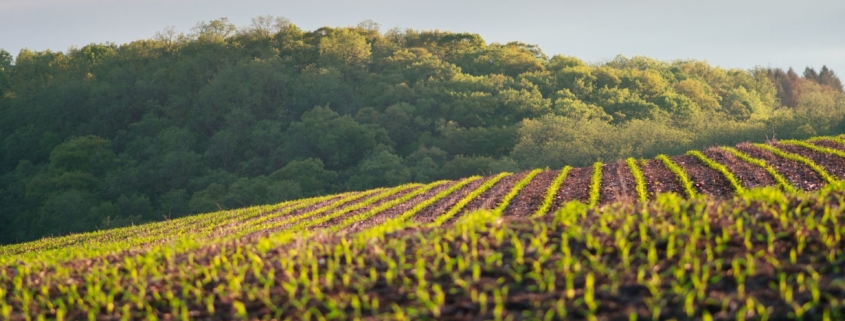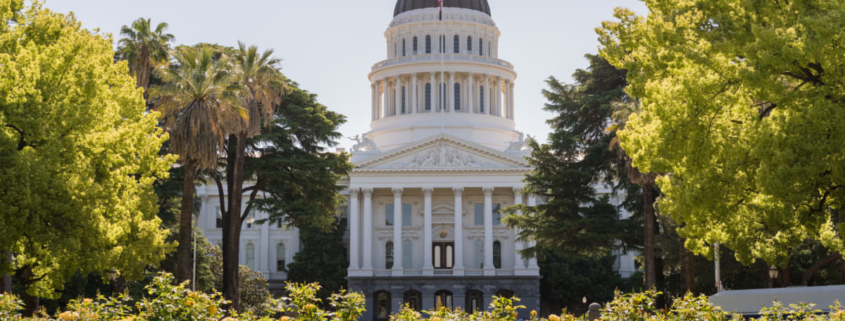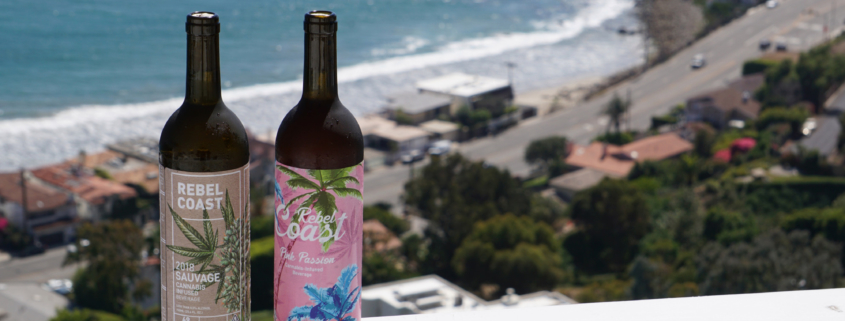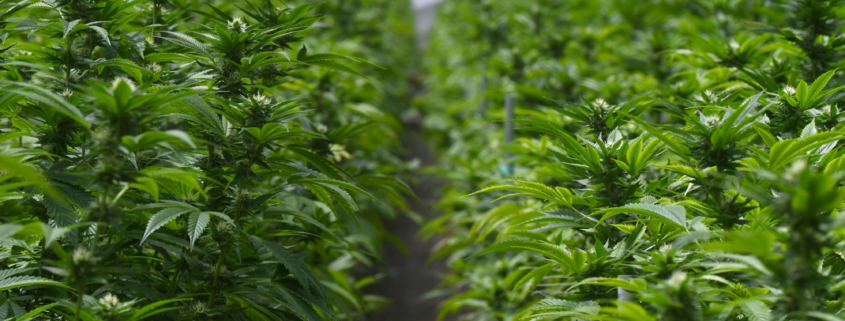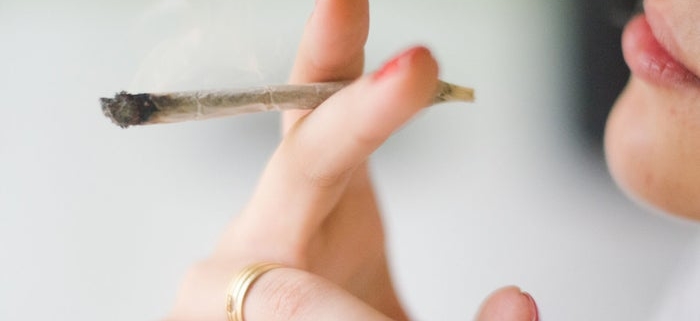Amy Steinfeld and Jack Uciferi
Cannabis—whether you support or oppose it, you certainly can’t avoid this topic. But due to the patchwork of local regulations and its status as a Schedule I drug, there’s still confusion over how cannabis is regulated. This article aims to clarify the regulatory regime governing cannabis farms in Santa Barbara County (“County”). Our hope is that with greater understanding of the cannabis industry’s regulatory burden, there will be greater support for policies that allow legal cannabis cultivators to remain viable vis-à-vis extremely sophisticated black market operators who ignore their regulatory and tax responsibilities. Two years after legalization, it’s increasingly clear that a properly regulated market benefits the public, the environment and consumers. In fact, the County, aided by millions in cannabis taxes, has shut down over 40 black market operations and is using the balance of funds to support local public services.
Read the full article




